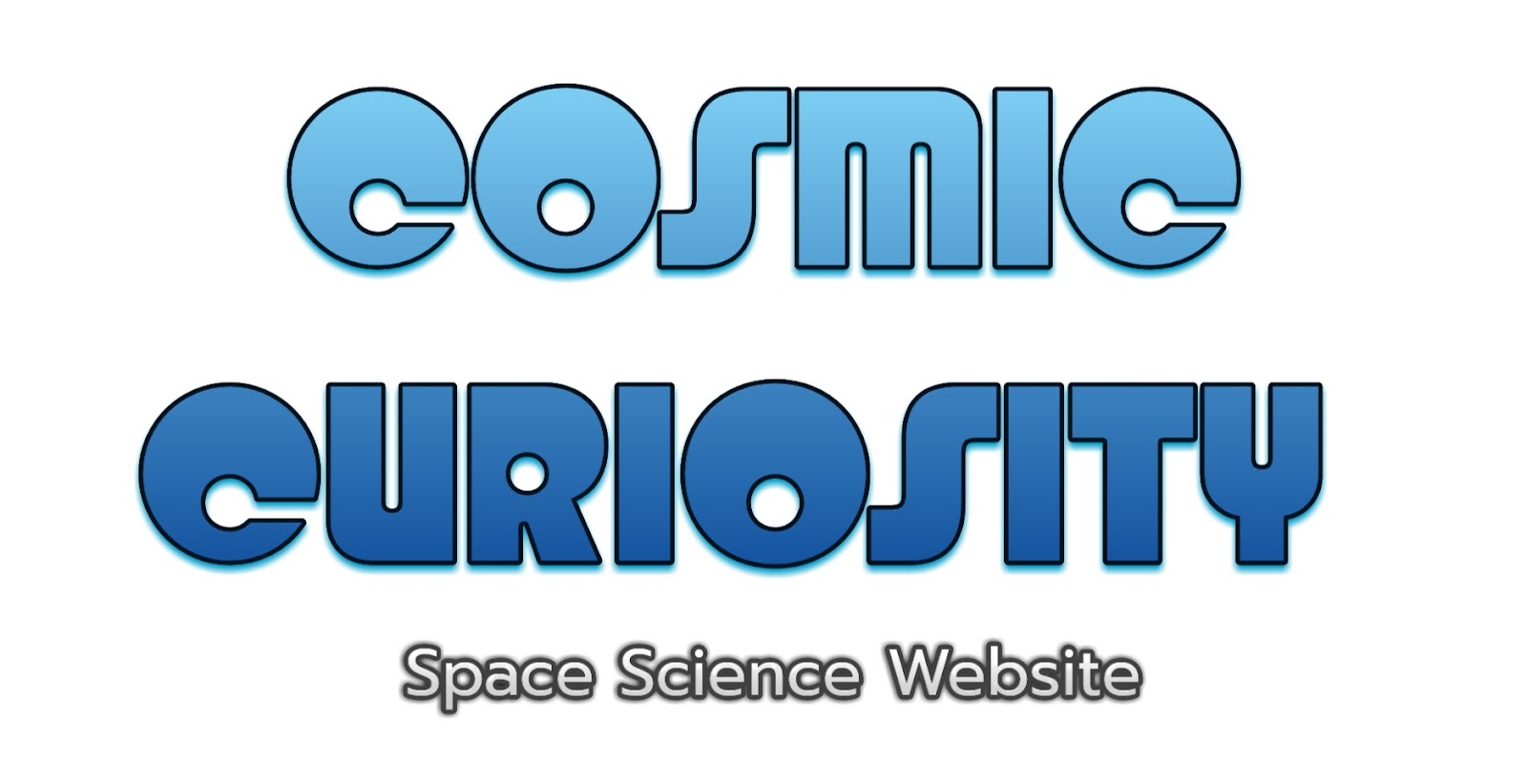The Hubble Space Telescope (HST)
 |
| The Hubble Space Telescope (HST) |
The Hubble Space Telescope (HST)
The Hubble Space Telescope (HST) is
one of the most important astronomical instruments of our time. Launched into
low Earth orbit in 1990, the HST has been providing astronomers with a wealth
of information about our universe for over three decades. In this article, we
will explore the history of the HST, its capabilities, and some of the most
important discoveries made using this remarkable instrument.
History of the Hubble Space
Telescope
The idea of placing a telescope in
space to avoid the distortion caused by the Earth’s atmosphere was first
proposed by Lyman Spitzer in 1946. However, it was not until the late 1970s
that NASA began seriously planning the Hubble Space Telescope. After years of
development and testing, the HST was finally launched into space on April 24,
1990, aboard the Space Shuttle Discovery.
Unfortunately, the HST initially
suffered from a major flaw in its primary mirror. The mirror had been ground to
the wrong shape, leading to severe spherical aberration. However, NASA engineers
were able to develop a fix for the problem, and a servicing mission in 1993
successfully installed corrective optics. Since then, the HST has been
operating at its full potential, providing astronomers with stunning images and
groundbreaking science.
Capabilities of the Hubble Space
Telescope
The HST is equipped with a suite of
scientific instruments that enable it to observe the universe in a wide range
of wavelengths, from ultraviolet to near-infrared. Its main instrument, the
Wide Field Camera 3 (WFC3), is capable of taking extremely detailed images of
distant galaxies, stars, and nebulae.
The HST’s other instruments include
the Advanced Camera for Surveys (ACS), the Cosmic Origins Spectrograph (COS),
and the Space Telescope Imaging Spectrograph (STIS). These instruments allow
astronomers to study the properties of celestial objects in great detail,
including their composition, temperature, and motion.
One of the most important features
of the HST is its ability to observe the universe over long periods of time.
The HST has been used to observe everything from the birth of new stars to the
collision of galaxies, providing scientists with a wealth of data to study the
evolution of our universe.
Discoveries made using the Hubble
Space Telescope
The HST has made numerous
groundbreaking discoveries since its launch in 1990. Here are just a few of the
most important:
The expansion rate of the universe:
Using the HST, astronomers were able to measure the rate at which the universe
is expanding, known as the Hubble constant. This measurement has led to
important insights into the nature of dark energy, the mysterious force that is
causing the expansion of the universe to accelerate.
The first images of planets outside
our solar system: Using the WFC3 instrument, astronomers were able to capture
the first images of planets orbiting other stars, known as exoplanets. These
images have helped scientists to better understand the properties of these
distant worlds.
The age of the universe: Using the
HST, astronomers were able to accurately determine the age of the universe to
be approximately 13.8 billion years.
The formation of galaxies: The HST
has provided stunning images of distant galaxies, including the first images of
galaxies that formed less than a billion years after the Big Bang. These images
have helped scientists to understand how galaxies form and evolve over time.
Conclusion
The Hubble Space Telescope has been
an invaluable tool for astronomers over the past three decades. Its ability to
observe the universe in a wide range of wavelengths and over long periods of
time has led to numerous groundbreaking discoveries, from the age of the
universe to the formation of galaxies. As we look to the future, new space
telescopes such as the James Webb Space Telescope will.






No comments